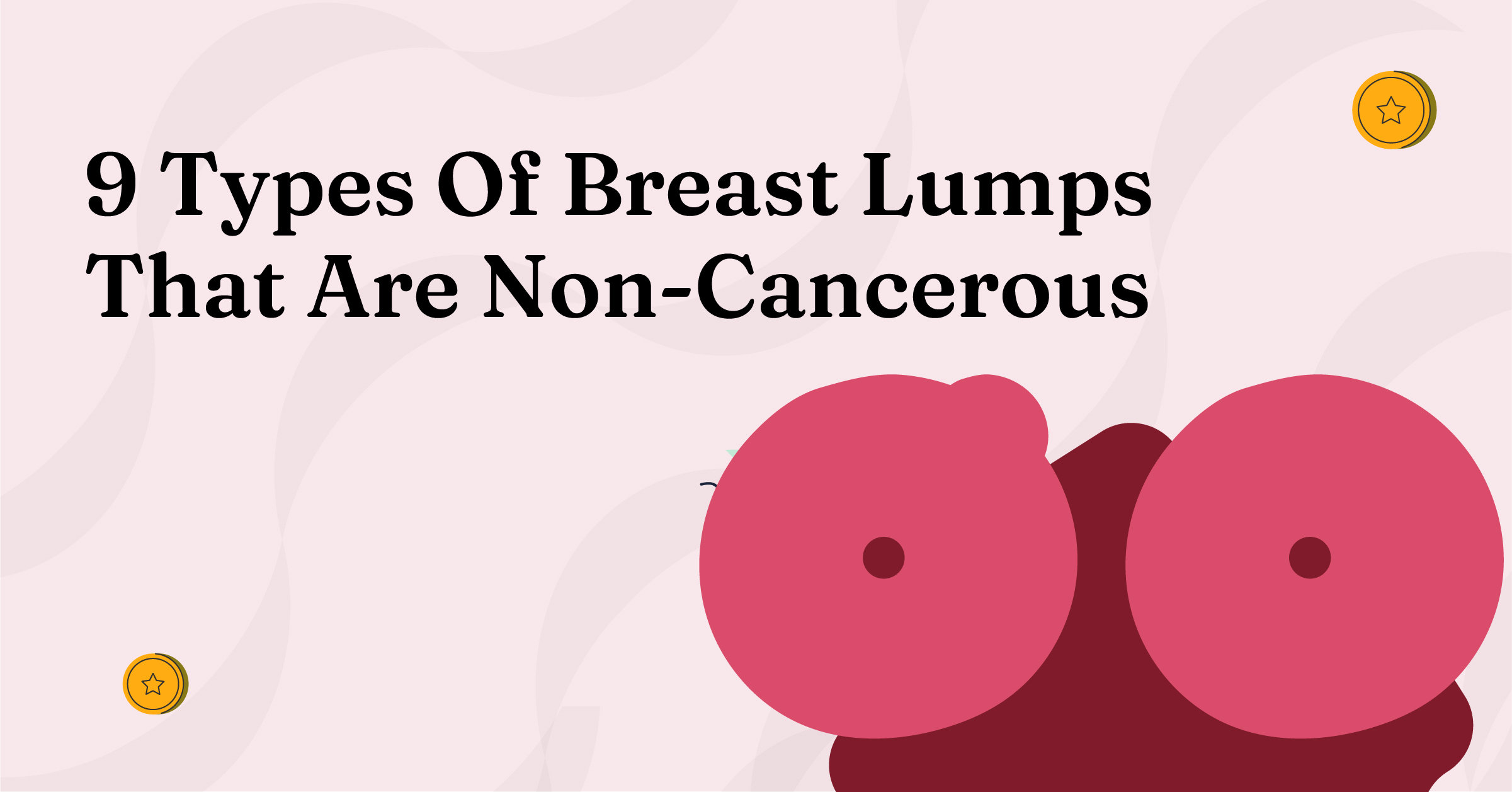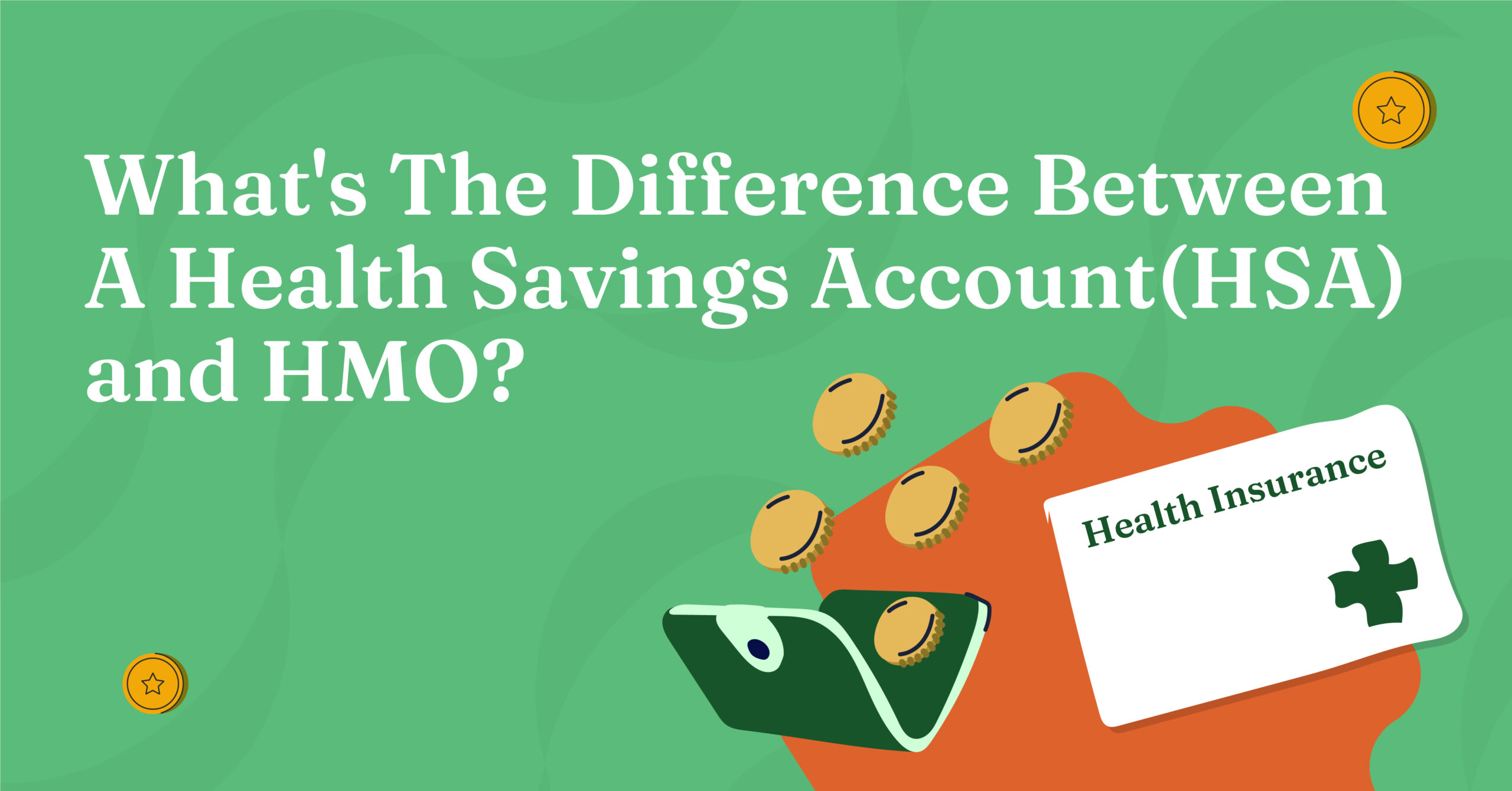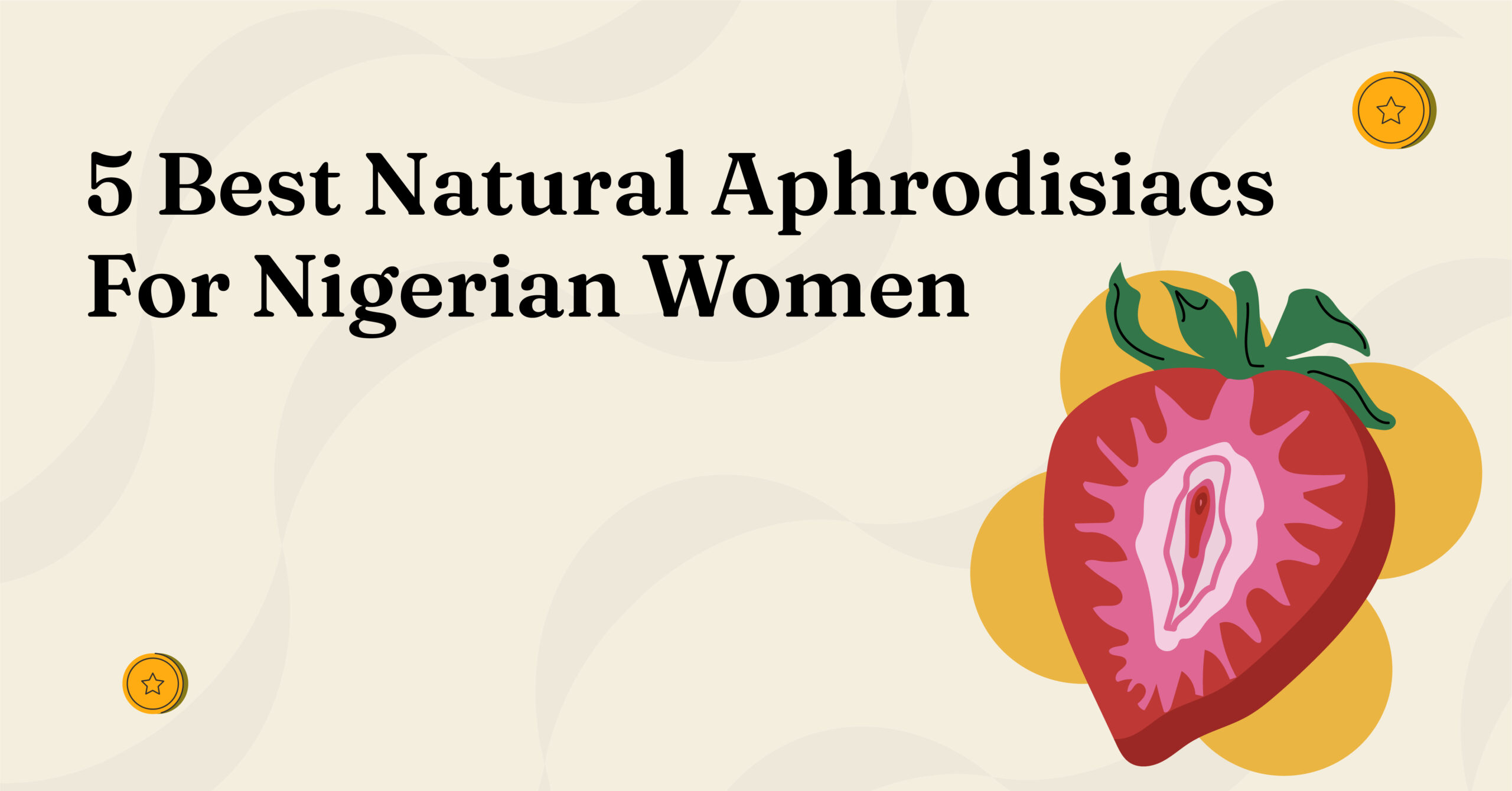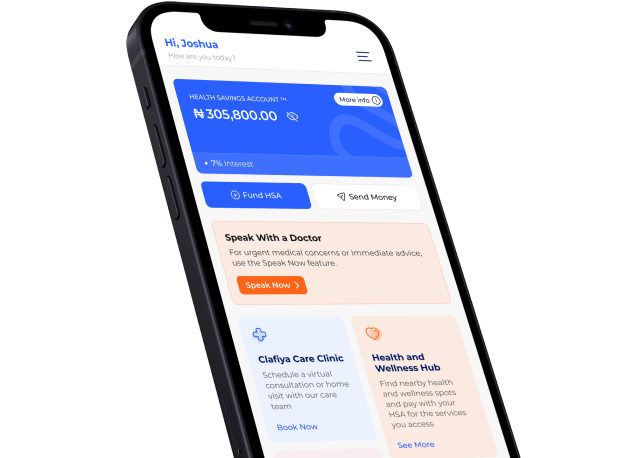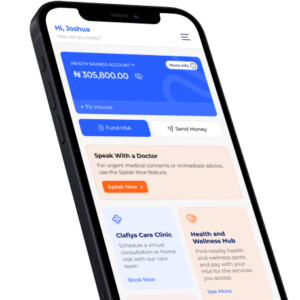As a Nigerian woman in my late twenties, I know firsthand how overwhelming it can feel to notice a change in your body, especially when it comes to something as sensitive as breast lumps. With breast cancer awareness on the rise, many of us are on high alert, paying attention to every little shift, bump, or ache we feel in our breasts. But here’s some good news: most breast lumps are not cancerous. I’m writing this to help you understand the different types of non-cancerous breast lumps so that the next time you feel something unusual, you won’t jump to the worst conclusion.
First, what is breast lumps?
A breast lump is a mass, swelling, or bump within the breast tissue. They are quite common, with up to 50% of women experiencing one at some point in their lives. Fortunately, 60-80% of all breast lumps are non-cancerous (benign). Many of these lumps result from natural changes in the breast tissue due to hormonal fluctuations, injuries, or infections.
But what exactly do lumps on your breast feel like? They can vary, depending on their cause. Some might feel soft and movable, while others might feel firm or tender. Knowing how different types of benign breast lumps feel can help you distinguish between what’s normal and what may need attention. So, let’s dive into the 9 types of non-cancerous breast lumps that every Nigerian woman should know.
9 types of non-cancerous breast lumps
1. Fibroadenoma
This is one of the most common types of non-cancerous breast lumps, especially for women in their 20s and 30s, although they can occur at any age. A fibroadenoma feels rubbery to the touch and often moves around freely when you press on it. It’s usually painless, and while it can vary in size, it’s generally small and easy to spot. If you’re wondering, “What do lumps on your breast feel like?”—well, a fibroadenoma is often smooth and round. Many women have them and live with them without any issues, but it’s always good to get them checked out.
2. Fibrocystic breasts
If your breasts feel lumpy or swollen right before your period, you might have fibrocystic breasts. This condition happens due to hormonal changes that cause the breasts to become dense and tender, especially during the menstrual cycle. The lumps you feel during this time are typically harmless and fluctuate in size with your period. In fact, this is quite common, especially for women in their reproductive years. The key is to notice whether the lumps go away after your cycle—if they don’t, it’s worth getting them checked out.
3. Breast cyst
A breast cyst is a fluid-filled sac that can develop in the breast tissue. They may feel like soft, round lumps, almost like a small grape under the skin. Some cysts form deeper in the tissue, making them feel harder because they’re surrounded by more tissue. Cysts can appear suddenly and may change in size depending on your cycle, so if you notice a lump that feels firm but isn’t painful, it could be a cyst. These are usually harmless, but they can be drained if they cause discomfort.
4. Fat necrosis
Ever had a breast injury, surgery, or biopsy? If so, you might develop fat necrosis, a non-cancerous lump that forms in the fatty breast tissue where the injury occurred. These lumps are usually painless but may feel firm or rubbery. Fat necrosis can sometimes be confused with cancer because of how firm it feels, but it’s just the body’s way of healing from an injury. If you’re unsure whether an injury could have caused the lump, consult your doctor to rule out anything serious.
5. Lipoma
A lipoma is a slow-growing fatty lump that forms just under the skin. These lumps are soft to the touch and, like fibroadenomas, they move around easily when pressed. Some lipomas can be large enough to cause a visible bulge under the skin, but they’re painless and generally harmless. They can occur anywhere on the body, including the breasts, and while they don’t need treatment, they can be removed if they cause discomfort or concern.
6. Mastitis
If you’ve ever had an infection in your breast, especially while breastfeeding, you might have experienced mastitis. This is an inflammation caused by a bacterial infection, and while it doesn’t present as a true lump, the swelling can sometimes feel like one. With mastitis, the breast becomes red, swollen, and painful, and you may also experience flu-like symptoms. While it’s a common condition in nursing mothers, if left untreated, it can lead to an abscess.
7. Breast abscess
A breast abscess is a painful, swollen lump filled with pus, often caused by untreated mastitis. These lumps are red, tender, and hot to the touch. If you suspect an abscess, it’s crucial to seek medical help right away, as it may need to be drained. Breastfeeding mothers are particularly prone to abscesses, so it’s important to stay on top of any breast infections to avoid complications.
8. Milk cyst (Galactocele)
For breastfeeding mothers, a milk cyst (also known as a galactocele) can form in the breast. These fluid-filled sacs are caused by a blockage in the milk ducts and can feel like a smooth, round lump. They’re usually painless, though some women may feel discomfort if the cyst becomes too large. These cysts often go away once breastfeeding stops, but it’s a good idea to have them checked out if they persist.
9. Intraductal papilloma
An intraductal papilloma is a small, wart-like lump that forms in the milk ducts of the breast. These are most common in women over 40 and often develop close to the nipple. While they’re non-cancerous, they can cause nipple discharge, which may be concerning. Intraductal papillomas are generally harmless, but if you notice discharge or any changes in your nipple area, consult a healthcare professional.
Here are some breast lump warning signs to look out for
While most breast lumps are non-cancerous, it’s still important to monitor any changes in your breast tissue. Seek medical attention if you notice:
- A new lump, thickening, or swelling that wasn’t there before.
- A lump that feels hard or different from the rest of your breast tissue.
- A lump that grows, changes shape, or doesn’t go away after your menstrual cycle.
- A lump that causes pain or discomfort, or is accompanied by nipple discharge.
Breast lumps can be scary, but remember, most of them are non-cancerous. By knowing the different types of benign lumps and paying attention to how they feel, you can better understand what’s happening in your body.
If you found this article helpful, sign up for our newsletter to get more health and wellness tips tailored to the Nigerian woman.

